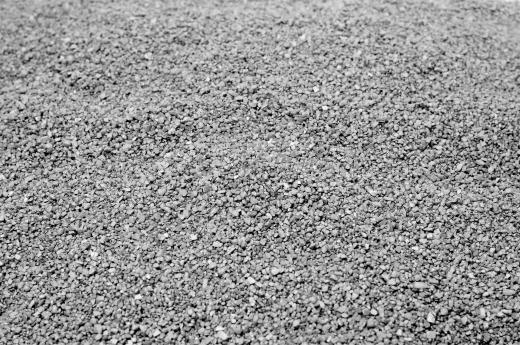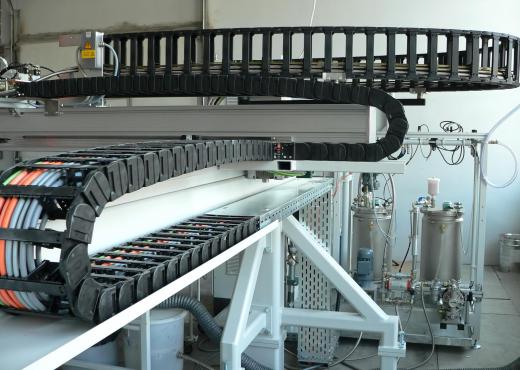You will typically want to consider factors such as the availability of power at your job site, and the type of materials you need to move, when looking for the best conveyor rental. Portable conveyors can be powered by electricity or internal combustion engines, and they can also be unpowered. If there is no electricity at your job site, then you will want to select a conveyor rental that has a diesel or gasoline powered motor. Collapsible, unpowered roller conveyors can also be a good option for many indoor package handling jobs. For jobs that require the movement of loose materials such as dirt or small parts, you will want to find a belt, bucket, or trough slider bed conveyor rental.
There are many different types of conveyor systems, though relatively few of them are portable. Since conveyor rentals typically need to be portable, this can present you with a limited number of choices. Most conveyor rentals are intended for use outdoors, and on job sites where permanent installations would not make sense, though some portable conveyors can also be useful for temporary stocking solutions and other uses inside warehouses. Other useful conveyor rentals can be used for package delivery and other similar purposes.

When attempting to decide on the best conveyor rental, the first factor to consider is how you will power the device. If your job site has electricity readily available, then an electric conveyor will typically be a good choice. You will also want to pay attention to how many amps each conveyor motor consumes, as multiple sections with separate motors can each require its own 15-20 amp circuit breaker. Some conveyors are powered by gasoline or diesel motors, which can be a good rental choice if your job site is outdoors, and there is no electricity available.

The other primary consideration when looking for a conveyor rental is the materials you need to move. Flat belt conveyors are suitable for transporting solid objects across spans that have little or no incline. If you need to move up or down an incline, then a bucket or trough conveyor may be a better choice. These conveyors use components such as buckets, troughs, and cleats to keep objects from sliding down a conveyor that is set on an incline. They can also be useful when transporting loose materials such as dirt, gravel, or small parts, either on the level or at an up or down angle.
